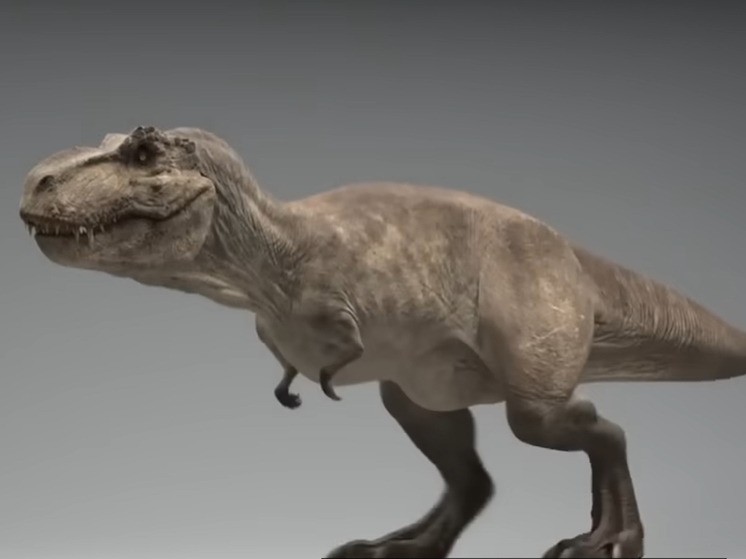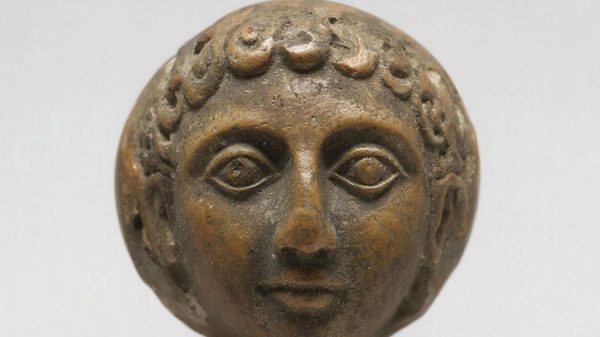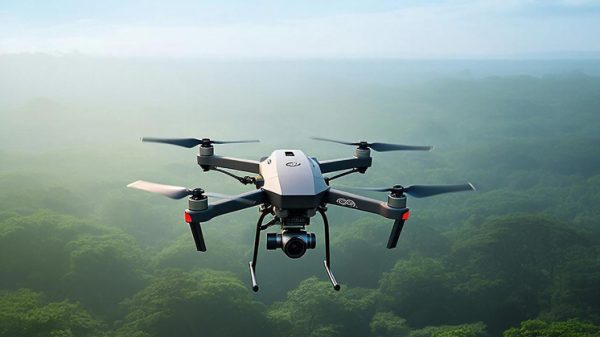Tyrannosaurus Rex was a warm-blooded creature
Tyrannosaurus Rex was warm-blooded, researchers have come to this conclusion. The “King of Dinosaurs” had the ability to generate heat internally and was not cold-blooded like reptiles, study claims. The ability to internally produce heat developed 180 million years ago.
 Photo: frame of computer animation.
Photo: frame of computer animation.
Anyone who grew up watching Jurassic Park might think of the Tyrannosaurus Rex as a lumbering, cold-blooded killer, writes the Daily Mail. But while the Tyrannosaurus rex didn't acquire a friendly image, scientists now say the «King of Dinosaurs» may not have actually been cold-blooded.
An international team of researchers says the ability to generate heat with their bodies, like modern birds and mammals, may have first evolved 180 million years ago.
Scientists have found that two major groups of dinosaurs moved into colder climates early Jurassic period, suggesting that they could keep themselves warm.
Study co-author Dr Juan Cantalapiedra, from the National Museum of Natural Sciences in Madrid, said the discovery «sheds new light on how birds may have inherited a unique biological trait from dinosaur ancestors.»
For much of the 20th century, dinosaurs were still considered large, lumbering reptiles.
Scientists believed that dinosaurs needed to bask in the sun, like modern lizards and snakes.
But much of what scientists have learned about dinosaurs has since defied these expectations.
In particular, scientists now know that many dinosaurs actually had “fur” made from feathers or proto-feathers, which were excellent at retaining heat.
This suggests that some dinosaurs may have evolved the ability to produce their own heat, known as endothermy, which made them warm-blooded, like modern birds and mammals.
To uncover the story of how this ability may have evolved, scientists compared 1,000 fossils with a model of the prehistoric climate of the place where they were found, writes the Daily Mail.
Dinosaurs can be divided into three main groups: theropods, such as Tyrannosaurus Rex and Velociraptor, ornithischians, which include relatives of Stegosaurus and Triceratops, and sauropods, such as Diplodocus and Brontosaurus.
The researchers found that theropods and ornithischians expanded into colder, wetter climates during the Early Jurassic, while sauropods remained in warmer regions.
The researchers suggest that theropods and ornithischians were able to make this step because they evolved the ability to independently regulate their temperature.
First author Dr Alfio Chiarenza, a paleontologist at the University of California, Los Angeles, says: «Our analyzes show that different climate preferences emerged among the major dinosaur groups around the time of the Jenkins Event 183 million years ago. The introduction of endothermy, possibly resulting from this ecological crisis, allowed theropods and ornithischians to thrive in colder environments.»
The catalyst for this sudden change may have been a mass extinction event called the Jenkins Event, in which vast volcanic fissures covered much of the planet in lava and gases.
This led to a sudden rise in global temperatures, leading to extinction of many species of plants and dinosaurs.
Dr. Chiarenza says endothermy may have allowed dinosaurs such as Velociraptor and Tyrannosaurus Rex to remain active for longer periods of time, develop faster, and have more offspring.
After the Jenkins event, sauropods remaining in warmer climates, grew to enormous sizes, with dinosaurs such as Diplodocus reaching 92 feet (28 m) in length.
Researchers say this also indicates intense environmental influences.
Study co-author Dr Sara Varela from the University of Vigo said: «Their smaller surface area to volume ratio would mean that these larger creatures lost heat at a lower rate, allowing them to remain active longer.»
In addition to busting yet another dinosaur myth, this study may also provide some insight into the evolutionary history of modern animals. All modern birds are warm-blooded, and they can be found everywhere — from deserts to the coldest polar regions, writes the Daily Mail. Meanwhile, cold-blooded animals such as lizards and snakes still live only in warmer parts of the globe.























































Свежие комментарии